The Vital Role of Tassets in Medieval Combat
Imagine a knight charging into battle, clad in gleaming armor. While the breastplate and helmet might draw the eye, a crucial piece of protection often goes unnoticed: the tassets. These armored plates, defending the upper thighs, played a vital role in a knight’s survival, guarding against debilitating blows that could cripple a warrior. Interested to know more about spangenhelm? Follow the link to explore its history and significance.
Construction, Evolution, and Function of Tassets
So, what exactly are tassets? Essentially, they are plates of armor, typically crafted from steel or iron, that hang from the fauld (the armored skirt) or are directly attached to the breastplate. They shielded the upper thighs, a vulnerable area left exposed by earlier, shorter armor styles. Early tassets were often simple, single plates, but over time, they evolved into more complex, segmented forms. Around the 16th century, articulated tassets, connected by rivets called “almain rivets,” appeared. This segmented design was a significant advancement, allowing for a greater range of motion crucial for a knight’s agility on the battlefield. Sometimes, tassets were combined with cuisses (thigh armor) to form a complete leg harness, extending protection down to the poleyn (knee piece). This integration, which likely began in the 16th century, provided comprehensive lower body defense.
The Significance of Almain Rivets
Almain rivets, a type of sliding rivet, played a key role in the evolution of tassets. These rivets allowed the segmented plates to overlap and slide against each other, providing flexibility while maintaining structural integrity. This innovation was crucial for balancing protection with mobility, enabling knights to move more freely while still benefiting from the defensive properties of their armor.
Tassets Beyond the Battlefield: Modern Applications
While no longer used in actual combat, tassets remain relevant today in several areas:
- Live Action Role-Playing (LARP): Providing protection and enhancing the authenticity of character portrayal during simulated battles. Materials used include leather, metal, or plastic.
- Cosplay: Enhancing costumes and bringing historical or fantasy characters to life. The materials used for cosplay tassets vary widely, often prioritizing lightweight materials for comfort.
- Historical Reenactment: Essential for accurately portraying medieval knights and soldiers. Steel and other period-accurate metals are typically used.
- Costume Design: Inspiring and enhancing costumes for theater, film, and other performance arts. The materials used can vary greatly, depending on the desired aesthetic and practical needs of the production. Looking for a unique piece of furniture? Discover the intriguing voyeuse chair and its captivating design.
Acquiring Tassets: A Collector’s Guide
If you’re interested in owning tassets, several options are available. Online marketplaces like Etsy and eBay offer a range of choices, from historically accurate reproductions to more stylized interpretations. For truly authentic pieces, contact specialist armorers or historical reproduction shops. They can create custom-made tassets tailored to your specifications. Price and availability will vary based on material, craftsmanship, and historical accuracy.
Unraveling the Mysteries of Tassets: Ongoing Research
Our understanding of medieval armor is constantly evolving. Ongoing research continues to shed light on construction techniques, materials used, and the effectiveness of different armor components, including tassets. Some experts suggest that the level of protection offered by certain tasset types may have been overstated, while others emphasize their crucial role in deflecting blows and protecting vital arteries in the thigh and hip area. The specific design and construction of tassets probably varied depending on the armorer, regional preferences, and the intended use of the armor. Further research into the metallurgical composition of period tassets could reveal valuable insights into the manufacturing processes and material properties of the era.
Tassets: A Symbol of Chivalry and Warfare
Tassets represent a fascinating intersection of functionality, craftsmanship, and the evolution of warfare. They were not merely protective gear but also served as a canvas for artistic expression. Knights often personalized their tassets with etchings, embossings, and inlays, reflecting their status, family crests, and personal style. While primarily designed for protection, historians believe these decorative elements may have also played a role in intimidation on the battlefield. While their exact degree of flexibility and the impact on a knight’s range of motion are still debated, tassets undoubtedly played a vital role in the lives and survival of medieval knights. They offer a tangible link to the past and provide a glimpse into the ingenuity and artistry of the medieval world.
- Unveiling the Enigma: Mansoureh Khojasteh Bagherzadeh’s Public Appearances & Private Life in Iran - July 18, 2025
- Unveiling the Mystery: Mansoureh Khojasteh Bagherzadeh’s Husband: A Rare Glimpse into a Private Life - July 18, 2025
- Unveiling Masoud Khamenei’s Mother: Power, Influence, and Iran’s Future - July 18, 2025
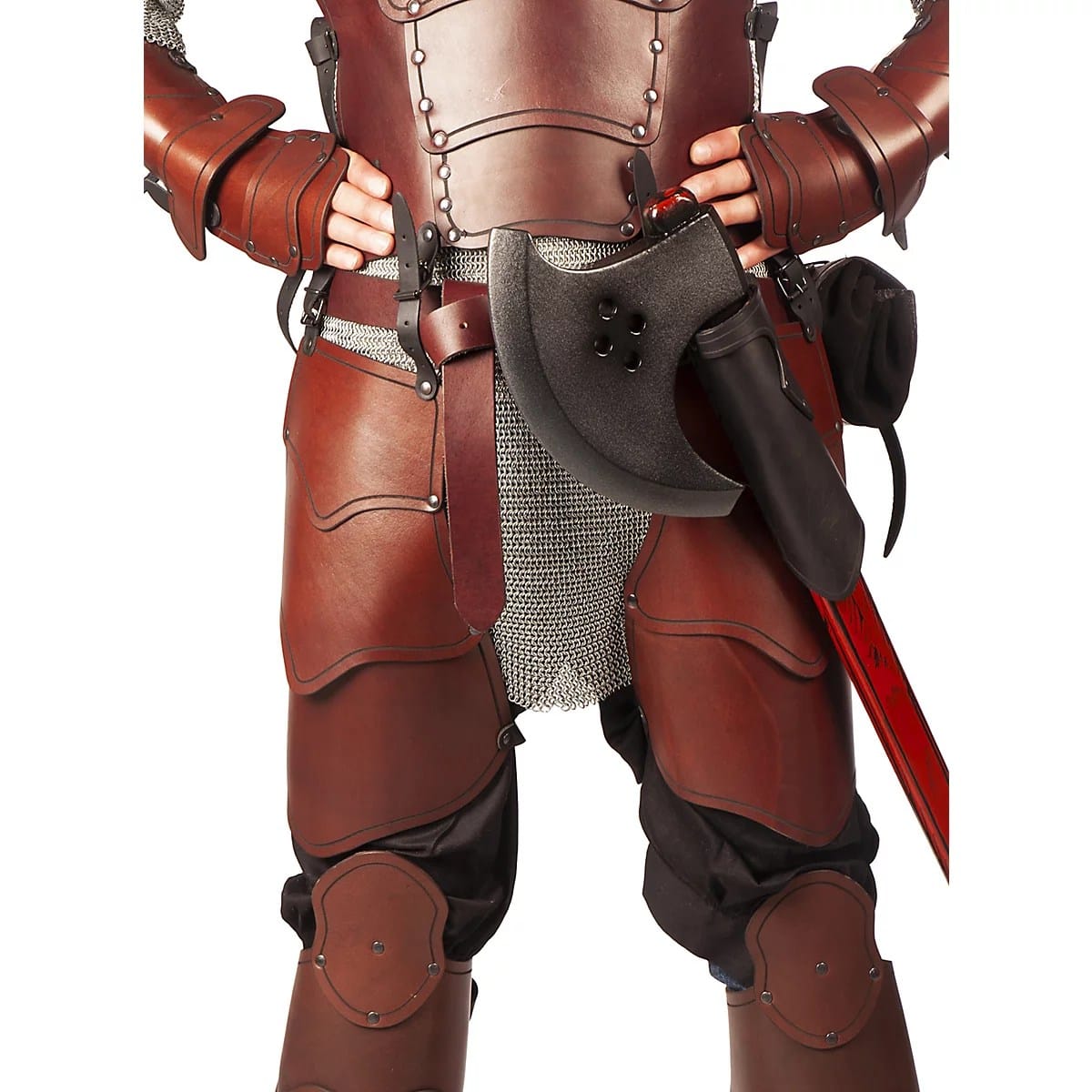
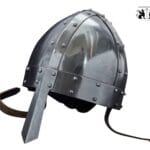

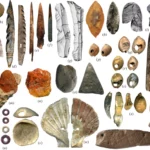
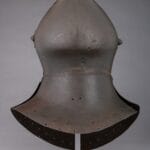
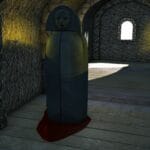
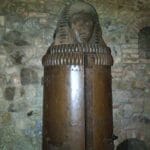










2 thoughts on “Tassets: A Knight’s Guide to Thigh Protection in Medieval Armor”
Comments are closed.